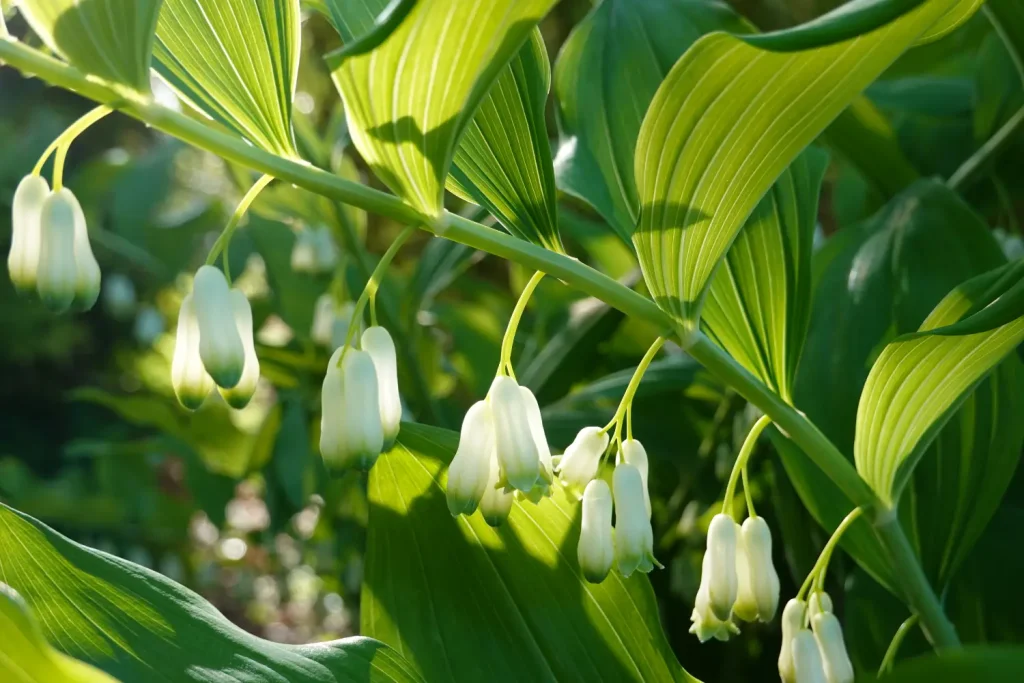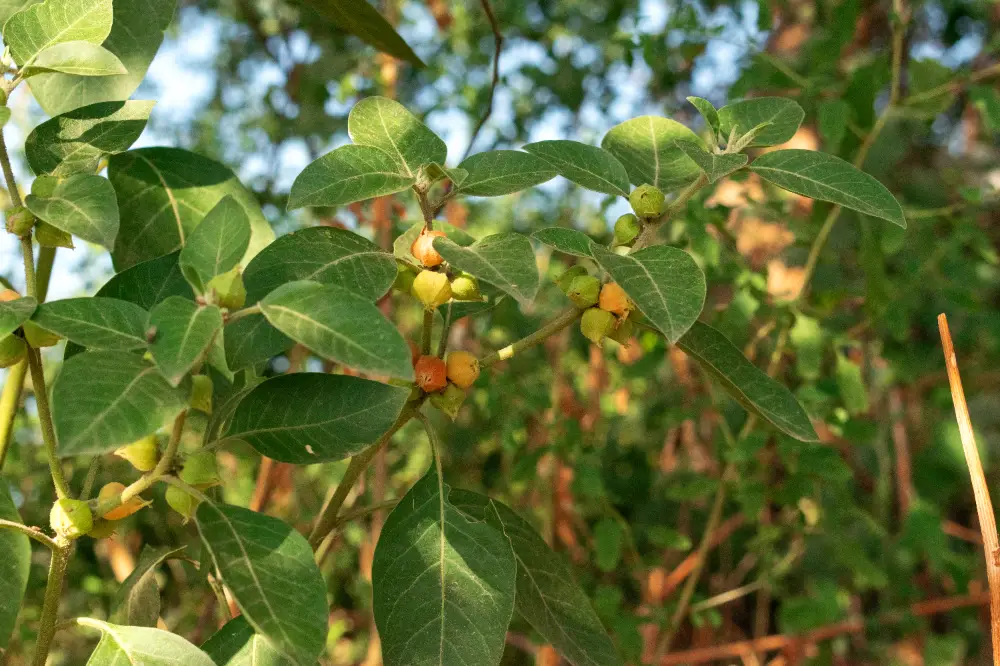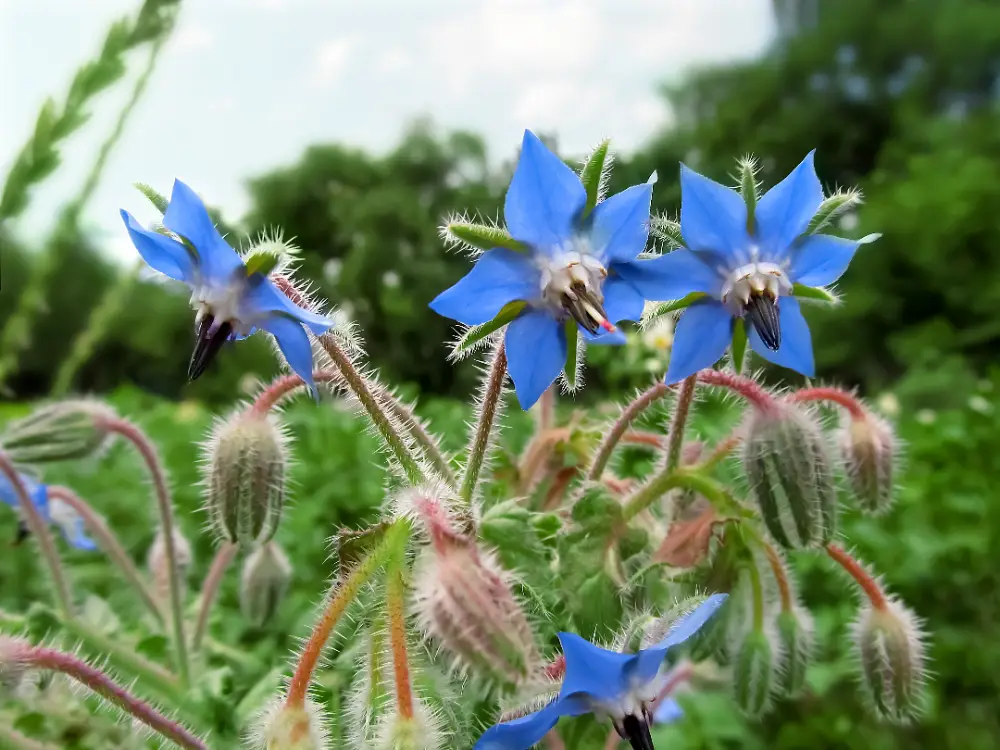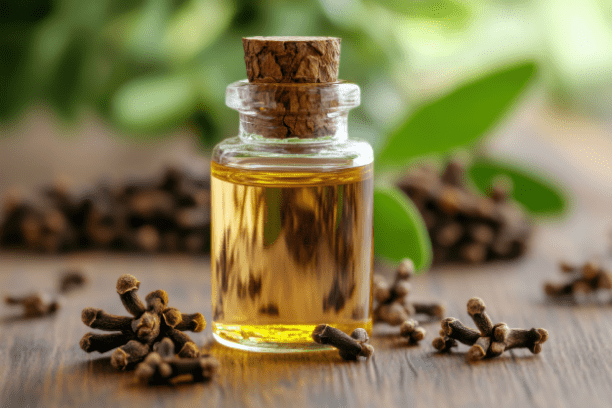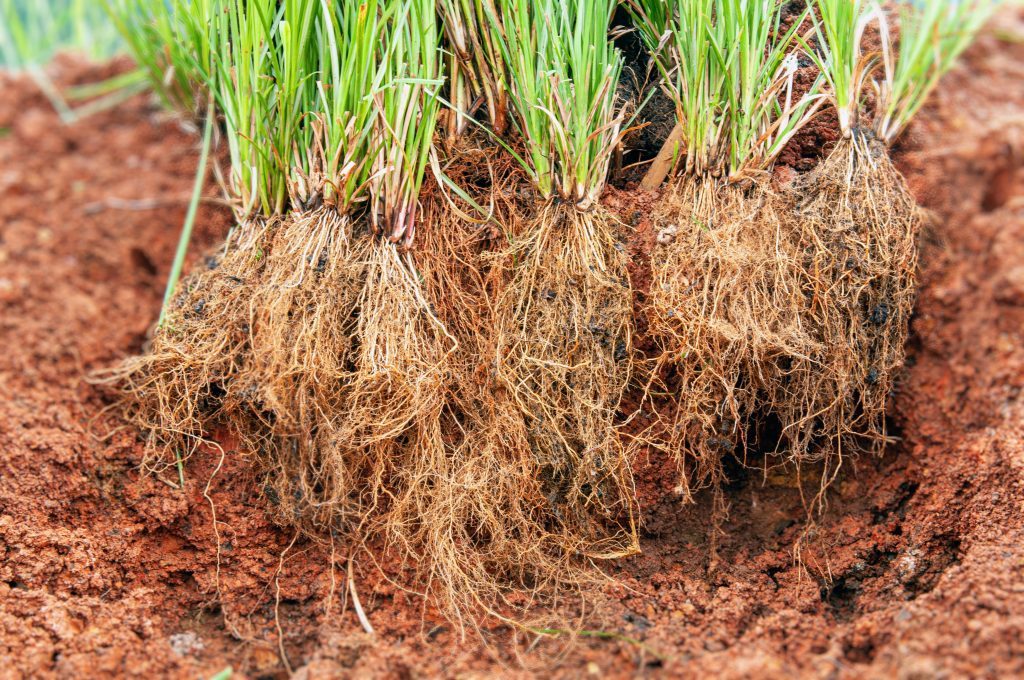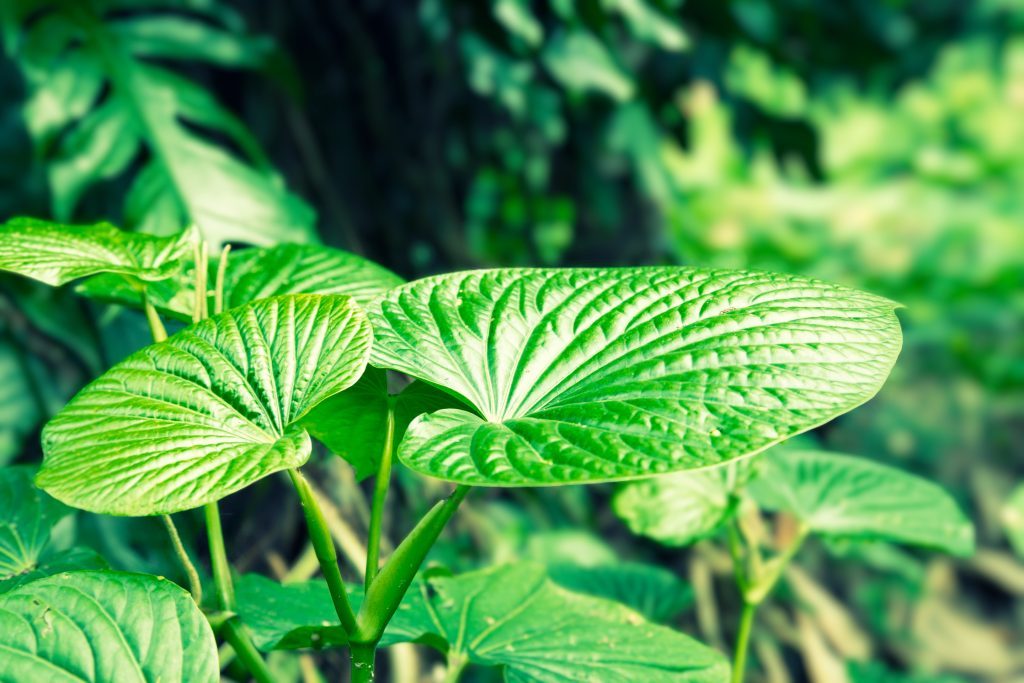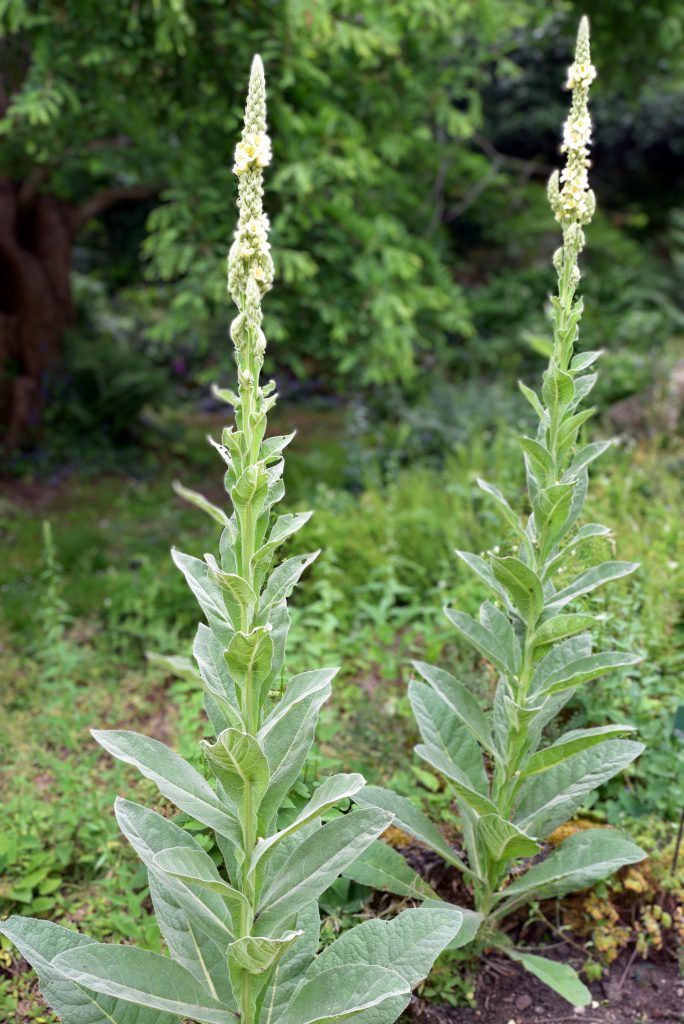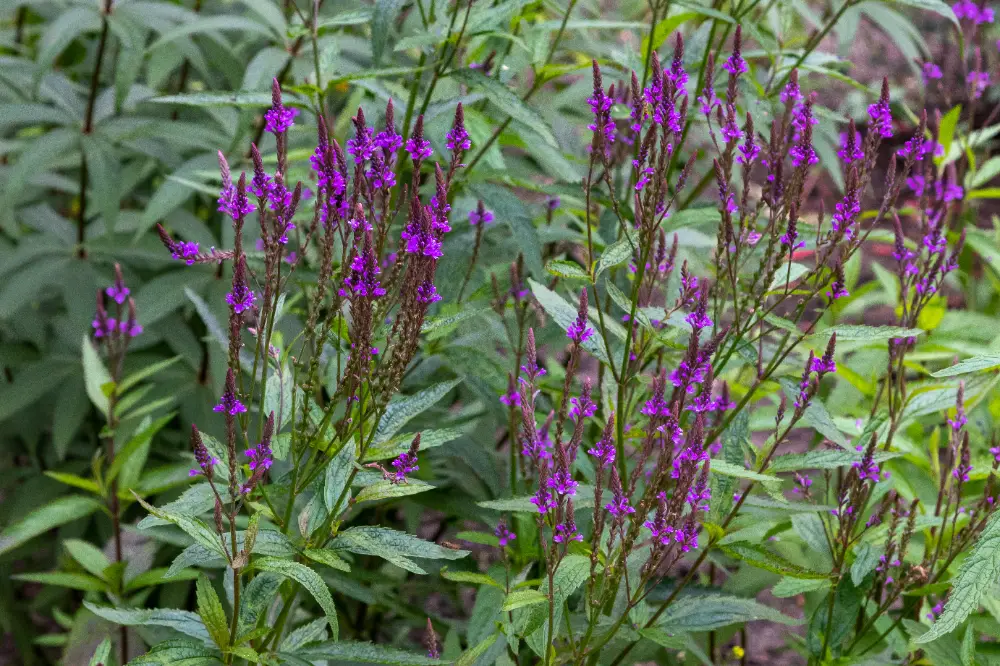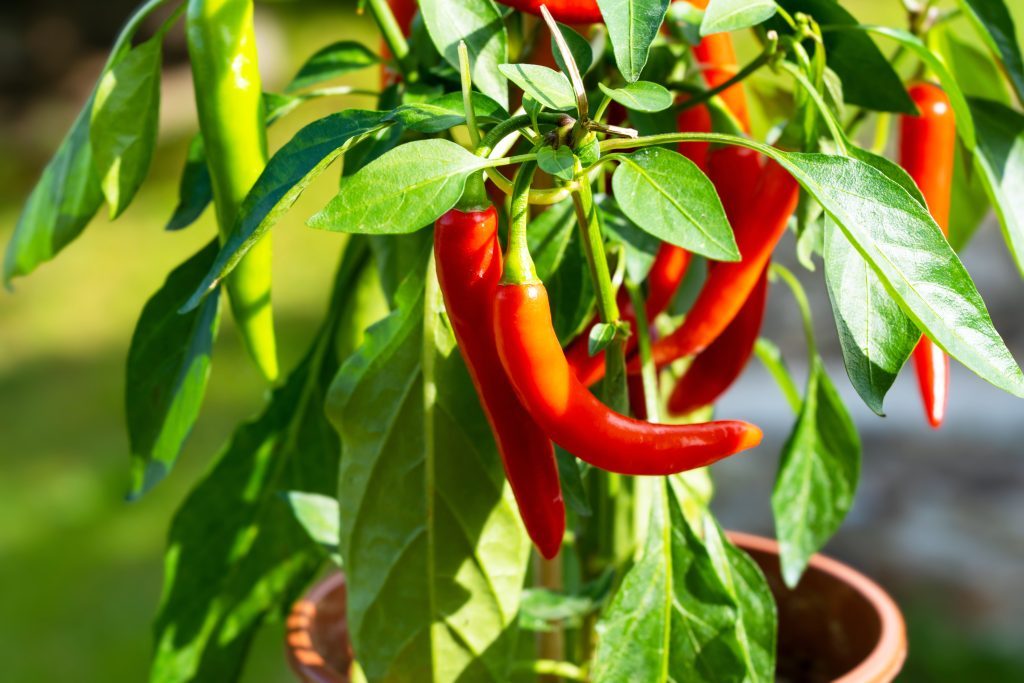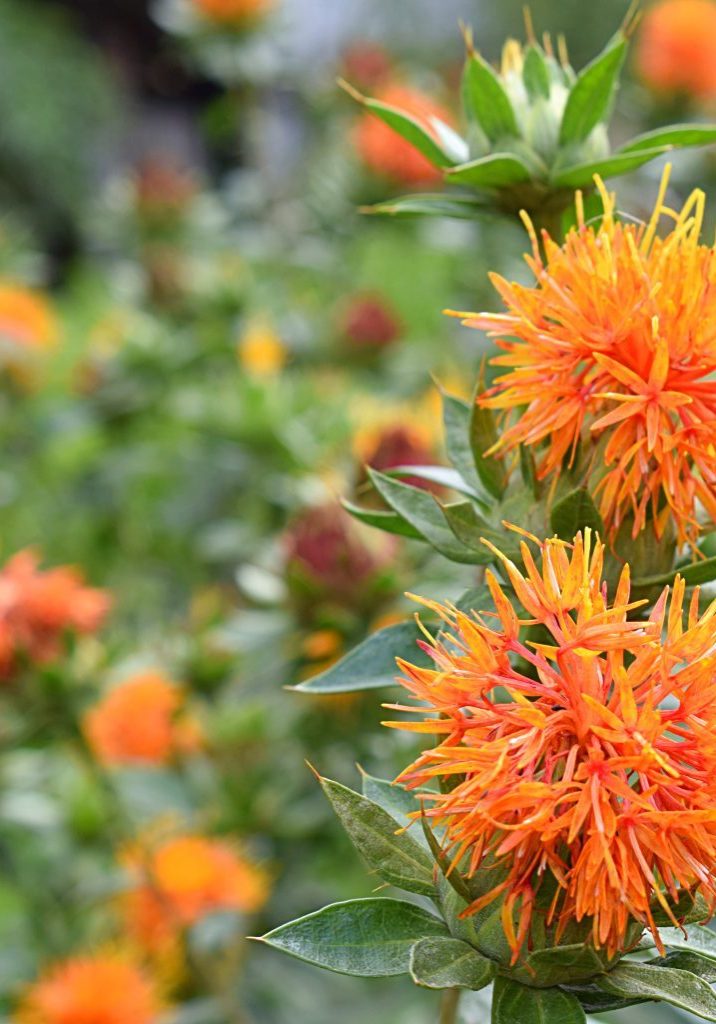
Safflower
Carthamus tinctorius
Asteraceae (Daisy family)
Golden Threads of Healing – Nourishing the Blood, Invigorating Circulation, and Coloring the World with Safflower
Other names:
Safflower, False Saffron, Bastard Saffron, Dyer’s Saffron, Zaffer, American Saffron, Hong Hua (Chinese)
Superpower
The master of circulation, Carthamus tinctorius’ superpower lies in its ability to invigorate the blood and promote healthy flow.
Uses
Historical Uses:
Carthamus tinctorius has been cultivated for over 4,000 years, primarily for its vibrant dye and its ability to color textiles in shades of yellow, orange, and red. Ancient Egyptians used safflower in cosmetic preparations and funeral rites, while in China, it was prized for its use in traditional medicine to invigorate the blood and relieve pain. In the Middle East, it was often used in food preparation as a substitute for true saffron, lending color and flavor to dishes.
Current Uses:
- Menstrual health: Safflower is often used in traditional herbalism to promote healthy menstrual flow and relieve symptoms of dysmenorrhea.
- Cardiovascular support: Modern research supports its use in improving circulation and lowering blood pressure. The herb is also believed to help reduce cholesterol levels.
- Skin care: Safflower oil, rich in linoleic acid, is frequently used to moisturize and nourish dry skin, and has anti-inflammatory properties that can soothe conditions like eczema and acne.
- Digestive aid: Safflower flowers and seeds are used in teas or tinctures to stimulate digestion and relieve stomach cramps or constipation.
- Dye and color: Safflower is still widely used as a natural dye in fabrics and food, particularly in organic or traditional culinary applications, where its vibrant color and mild flavor are valued.
- Anti-inflammatory: The herb’s anti-inflammatory properties make it useful for conditions involving pain and stiffness, including joint pain and arthritis.
Cautions
Toxicity: Safflower is generally considered safe in food and medicinal doses. However, high doses may cause gastrointestinal upset or allergic reactions in sensitive individuals.
Contraindications: Avoid during pregnancy, as it has a mild uterine stimulating effect.
Interactions: Safflower may interact with anticoagulant medications (such as warfarin) and blood-thinning supplements, potentially increasing the risk of bleeding.
Known Chemical Constituents
Volatile oils: Carthamin and luteolin provide anti-inflammatory and antioxidant benefits.
Fatty acids: Rich in linoleic acid, safflower oil supports skin health and cardiovascular function.
Flavonoids: Quercetin and kaempferol are present, contributing to the plant’s antioxidant properties.
Coumarins: Safflower contains coumarins, which help in blood thinning and circulatory support.
Sterols: Phytosterols are present, known for helping to lower cholesterol levels.
Polysaccharides: These compounds enhance the immune system and provide anti-inflammatory actions.
Botanical Description
Habitat: Native to the Middle East and Central Asia, Carthamus tinctorius thrives in warm, dry climates and is often cultivated in fields for its flowers and seeds. It prefers well-drained soil and full sunlight, making it suitable for regions with arid or semi-arid conditions.
Leaves: The leaves are stiff and lance-shaped with spiny edges, growing alternately along the stem. They are green and slightly rough to the touch, providing protection against herbivores.
Stems: Erect and branching, the stems can grow up to 3 feet tall and are strong, supporting the plant’s large flower heads.
Flowers: The flowers are bright yellow, orange, or red, with multiple tubular florets that form dense, globe-shaped clusters at the tops of the stems. These blooms are highly prized for their use as dye and medicinal extracts.
Roots: Carthamus tinctorius has a deep taproot system, allowing it to access water in dry soils and making the plant drought-resistant.
Fun Facts
Carthamus tinctorius was used by Cleopatra to create makeup? Safflower’s vibrant orange-red dye was often used in ancient Egypt to color fabrics, cosmetics, and even in funeral preparations. Safflower is still used today as a natural alternative to synthetic dyes in textiles and food coloring.
Parts Used
Flowers (petals), Seed Oil
Harvest
Timing: Safflower is best harvested in early summer, when the flowers have fully bloomed but before they begin to wilt. For oil extraction, the seeds are harvested once they have matured, typically in late summer.
Method: Cut the flowers in the morning after the dew has evaporated. For seeds, wait until the flower heads are dry and brown. Harvest seeds by removing the dried heads and separating the seeds.
Storage: The dried petals can be stored in an airtight container in a cool, dark place for up to a year. Seeds should be stored similarly, but they may also be pressed for oil or ground for use in medicinal or culinary preparations.
Preparations
Teas and Infusions: The dried flowers of safflower can be brewed into a tea to stimulate circulation, promote menstrual health, and reduce inflammation. Safflower tea is often taken to ease digestive discomfort or menstrual cramps.
Tinctures: Safflower tincture is used for circulatory support, especially in cases of blood stasis or poor blood flow. It can also help relieve pain related to stagnation, such as menstrual cramps or joint stiffness.
Oils and Salves: Safflower oil is highly prized for its nourishing and moisturizing qualities. Rich in linoleic acid, it’s used in skincare to hydrate and calm inflamed skin. The oil can also be massaged into areas of pain or stiffness for relief.
Culinary Uses: Safflower oil is widely used in cooking due to its high smoke point and mild flavor. It can be used as a heart-healthy alternative to other oils, helping to lower cholesterol and improve cardiovascular health. Safflower petals are sometimes used to color food naturally, similar to saffron.
Sacred Rituals
Use safflower oil in a ritual to anoint your lower belly to promote healthy menstrual flow or as a symbolic act of releasing what no longer serves you.
Affirmations
“I release stagnation and invite the flow of vitality into my life. My body, mind, and spirit move in harmony and balance.”
Spiritual Associations
Moon Phase: Best used during the Full Moon, when its blood-moving properties can aid in the release of stagnant energy or emotions.
Functions
A substance or agent that reduces inflammation in the body, soothing irritation, swelling, or redness in tissues.
Antioxidant
A substance or agent that neutralizes free radicals, preventing oxidative damage to cells and tissues.
CholereticA substance or agent that increases the production of bile by the liver, aiding in digestion and the elimination of waste products.
Circulatory healthCirculatory health refers to the proper functioning of the cardiovascular system, including the heart, blood vessels, and blood flow, ensuring the efficient delivery of oxygen and nutrients to tissues and organs.
Circulatory stimulantA substance or agent that enhances blood flow, oxygenation, and nutrient delivery throughout the body, often by dilating blood vessels or improving cardiovascular efficiency.
Coloring agentColoring agent refers to a substance, often derived from natural sources, used to impart color to food, cosmetics, textiles, or other products.
Emmenagogue (stimulate menstrual flow)
An emmenagogue is a substance that stimulates or regulates menstrual flow and can help address menstrual irregularities or delayed periods.
High cholesterol treatmentSubstances, practices, or interventions aimed at lowering LDL (low-density lipoprotein, or “bad” cholesterol) levels, increasing HDL (high-density lipoprotein, or “good” cholesterol), and supporting overall cardiovascular health.
HypolipidemicA substance or agent that helps lower lipid levels in the blood, including cholesterol and triglycerides, to support cardiovascular health.
Laxative mildA substance or agent that gently stimulates bowel movements without causing irritation or dependency, promoting natural elimination.


